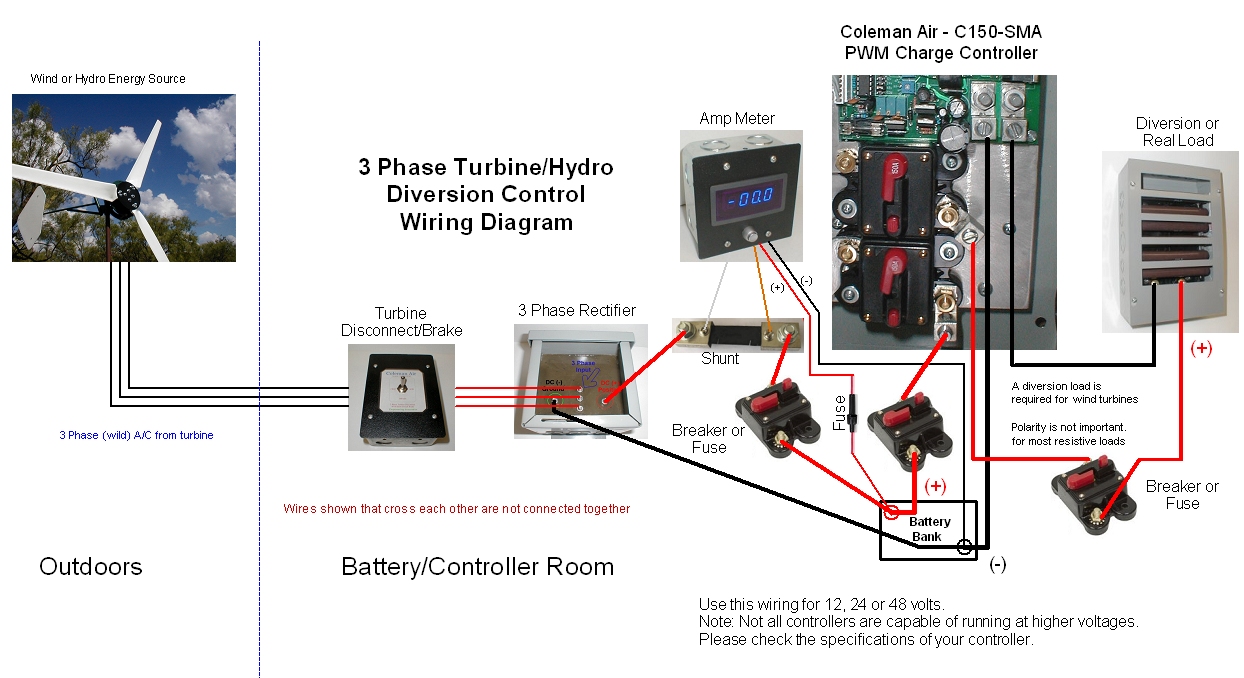
Even with our solar battery and LED lights, we still use headlamps every day. It’s definitely worth having a few camping headlamps in your mix of lighting. In our experience, the more affordable lanterns work just fine. Like all the other options, there are cheap models and more expensive models. We’ve also used battery powered lanterns, though mainly for outdoor lighting. The second option, if you don’t want to rely on solar, or don’t want to invest in a solar battery setup, is battery-powered lights. Each bulb in these strings uses only 1 watt:ĪND: We’ve never tried these, but it looks like if you want to do LED string lights, but don’t want to invest in a solar panel and battery, there is a self-contained string light option:

From this small battery we use strings of LED lights, which are technically “outdoor” lights. There is no dealing with charge controllers and inverters, because it’s all built into the battery. This is a simple option because the Goal Zero battery is self-contained and plug-and-play. For the simplest solution, we opted for a Goal Zero Yeti 400 battery paired with 180W in solar panels from PowerFilm Solar in Iowa. LED lights are extremely efficient, and so can be run even with a small solar panel and battery setup.
#12 volt led lights off grid upgrade
Ultimately we wanted to upgrade for brighter lights and longer battery life, especially in the winter months of long dark days.
#12 volt led lights off grid full
We lived a full year using this approach. But, one advantage to this approach is that you can get a few extras and cycle through them to ensure you have enough light when you need it. One downside is that the small batteries may not store as much power as you would like, or store for as long. Specifically, we had a handful of MPOWERD camping lanterns: Because it is one of the cheaper options, this is what we first started with when we went off-grid. You can buy as many or as few as you need to light your space. Basically you can buy individual lights that each have their own built-in solar charger and small battery.

Self-contained solar powered lights are the easiest of these two options, and also are the most affordable. In the course of our off-grid years, we’ve used both. Solar-Powered Lights for Off-Gridįirst up (unsurprisingly) are solar lights, and these can take two different forms: self-contained solar lights and lights that use a solar-charged battery to power the lights. The four basic options for off-grid lights are:īelow, I’ll outline the specifics for each of these lighting options. The string LED lights we use in our off-grid yurt. In writing this, I assume that you’re not living in a full-size off grid house-meaning I assume you don’t have a large power supply (solar, wind, etc.), because in that case you’re probably already wired for traditional lighting. Regardless of your unique situation, this post outlines and summarizes your off-grid lighting options. Maybe you’re looking for off-grid lights for a cabin, a hunting camp, a tiny house, a van, or whatever the next iteration of off-grid living might be. With 120v applications, we recommend using a licensed electrical contractor as there is some danger installing 120v systems from electrical shocks.īy contrast, 12v systems are utterly safe and can be done by just about anybody provided they are somewhat careful.We’ve lived in an off-grid yurt in southern Vermont since the spring of 2016 and have used a few different lighting options.

This is the voltage that comes directly into most homes. 12v: known as low voltage, this voltage is acheived by "stepping down", reducing/converting standard 110/120v high voltage into 12v low voltage with the aid of a transformer.ġ20v: known as high voltage, line voltage, standard voltage or 110v/120v/130v.


 0 kommentar(er)
0 kommentar(er)
